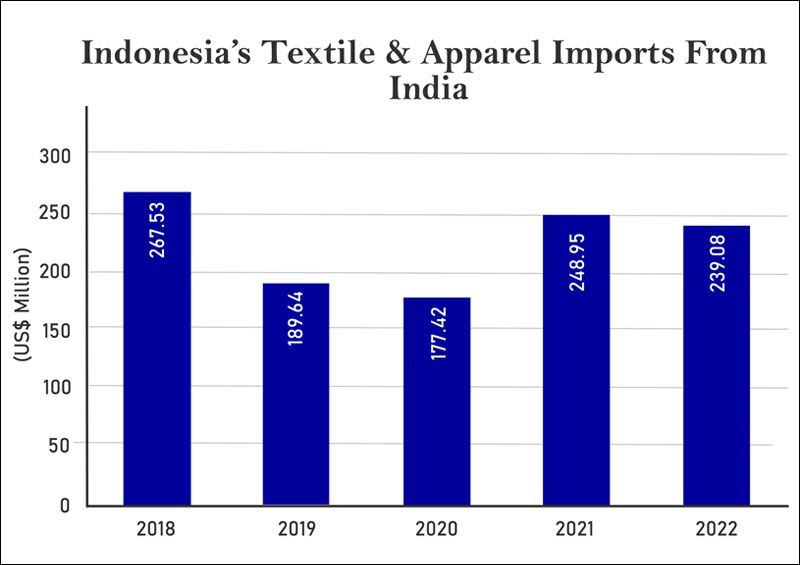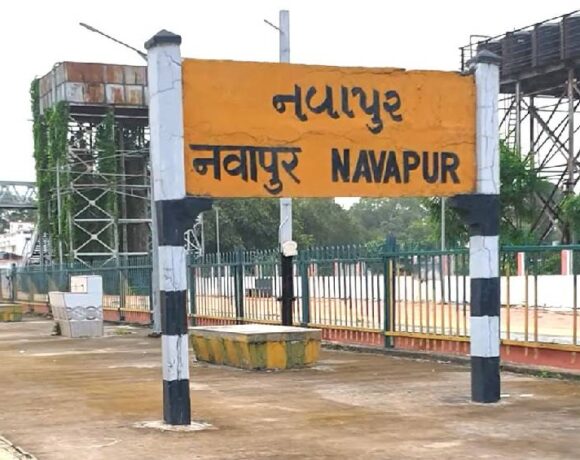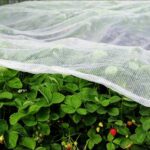Indonesia’s Textile Industry: A Gateway For India’s Economic Expansion

Indonesia’s textile industry has emerged as a vital contributor to the country’s economy, showcasing steady growth and attracting both domestic and foreign investments. As one of the largest manufacturing sectors, it encompasses a wide range of activities, from textile manufacturing to garment production. Despite not being a major cotton producer, Indonesia has managed to establish a vertically integrated textile industry, with strong capabilities across the entire value chain. This article explores the opportunities for India in Indonesia’s flourishing textile industry, along with the challenges and potential areas for collaboration.
In 2022, the industry’s T&A imports surpassed pre-pandemic levels, indicating a robust recovery and potential for further expansion. Let’s delve into the key highlights of Indonesia’s T&A imports and textile machinery sector for the year 2022.
T&A Imports Surge to New Heights
Indonesia’s T&A imports in 2022 witnessed a remarkable growth of 7.43% to reach a total of US$ 10,126.60 million, reflecting the industry’s strong recovery and growth trajectory. The country’s major import in the T&A sector is cotton, with last year’s imports increasing by 20.2% to US$ 2,243.50 million. This surge in cotton imports can be attributed to the growing demand from garment manufacturers and the need to meet consumer preferences for cotton-based products.
The top five cotton suppliers to Indonesia are China, Australia, Brazil, the United States, and India. China remains the largest supplier, occupying a significant 43% share of the total T&A imports to Indonesia. In 2022, China’s T&A imports to Indonesia reached US$ 4,371.28 million, representing a growth of 7.61% over the previous year. Vietnam emerges as the third-largest T&A importer, with a share of 7% in Indonesia’s total T&A imports.
India’s Role as a Cotton Supplier and Knitted Fabric Exporter
India holds the distinction of being the fifth largest cotton supplier to Indonesia. However, it experienced a significant drop of 24.4% in cotton imports in 2022, reaching US$ 135 million. Despite this decline, India’s cotton exports to Indonesia showed substantial growth of 32.15% compared to 2020 figures, presenting an opportunity for Indian exporters to strengthen their market presence by offering competitive pricing, reliable supply chains, and high-quality cotton.
Interestingly, in the knitted fabric and Man-made filament (MMF) category, India saw a sudden rise in exports to Indonesia in 2022. Knitted fabric imports from India increased by a staggering 526.82% to US$ 10.42 million, while MMF imports grew by 27.6% to US$ 21.97 million. This surge signals a growing preference for Indian knitted fabrics and MMF in Indonesia’s market. By focusing on innovative designs, eco-friendly materials, and meeting sustainability standards, Indian manufacturers can tap into this market segment and expand their export portfolio.
Export Powerhouse: Indonesia’s T&A Exports
On the export front, Indonesia’s T&A industry maintained a strong performance in 2022, with exports growing by 6.02% to reach US$ 13,833.35 million. Around 69% of Indonesia’s exports consist of apparel goods. The United States stands as the largest market for Indonesia’s T&A goods, accounting for an impressive 42% share. In 2022, Indonesia’s apparel exports to the USA reached US$ 5,761.92 million, showcasing a notable growth of 11.6%.
Textile Machinery Sector: Steady Growth and India’s Emerging Role
The textile machinery imports of Indonesia remained steady in 2022, registering a growth of 0.12% to reach US$ 1,475.77 million. China continues to be the largest textile machinery supplier to Indonesia, commanding a significant 40% share.
India is currently the tenth largest textile machinery supplier to Indonesia and displayed an impressive growth of 56.95% to US$ 37.92 million in 2022, with a relatively small market share of 3%. However, this presents an opportunity for Indian machinery manufacturers to enhance their presence in the Indonesian market. The growth in India’s textile machinery exports can be attributed to the demand for textile fiber spinning, doubling, and twisting machinery, along with auxiliary machinery, which witnessed a growth of 83.30% and 29.5%, respectively. To capitalize on this trend, Indian companies should focus on providing advanced technology, reliable after-sales support, and competitive pricing to gain a competitive edge.
Sustainability Initiatives and Collaboration
Indonesia’s textile industry has been proactive in adopting sustainable practices, responding to global demand for eco-friendly products. Indian textile manufacturers can capitalize on this trend by aligning with Indonesia’s sustainability initiatives. Collaborative efforts between Indian and Indonesian textile companies can lead to knowledge sharing, technology transfer, and the development of greener textile production processes. Additionally, Indian companies with GOTS certification can leverage their eco-friendly credentials to expand their market share in Indonesia.
The textile industry in Indonesia holds immense potential for India to expand its market reach and enhance economic ties between the two countries. By leveraging its strengths in cotton supply, knitted fabric, man-made filaments, and textile machinery, India can tap into Indonesia’s dynamic and growing textile industry. Moreover, by embracing sustainability initiatives and fostering collaboration between businesses, India and Indonesia can work together towards a mutually beneficial future in the textile sector. With the right strategies and commitment, India’s opportunities in Indonesia’s textile industry are indeed promising and full of potential for growth.














